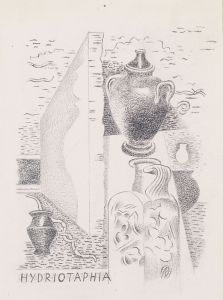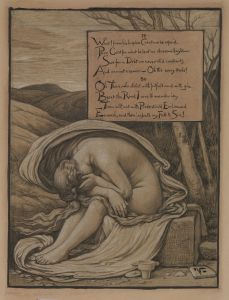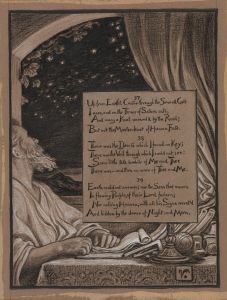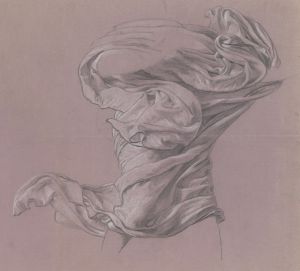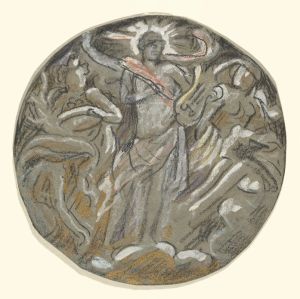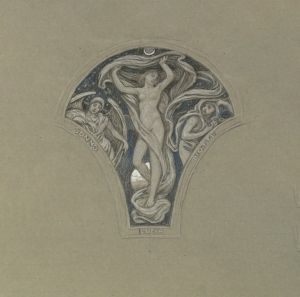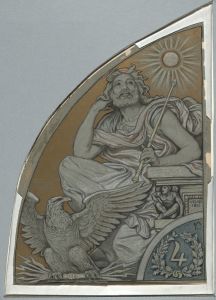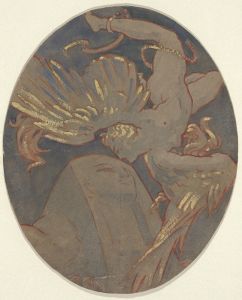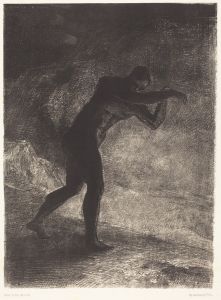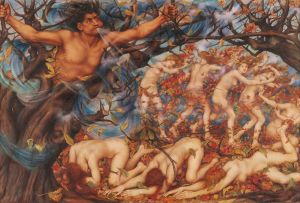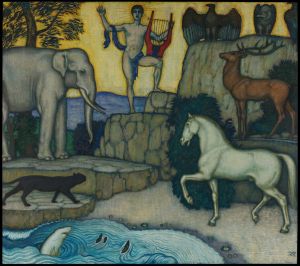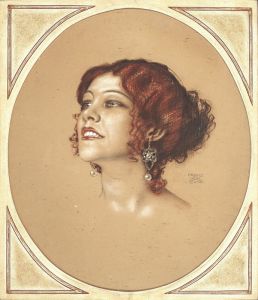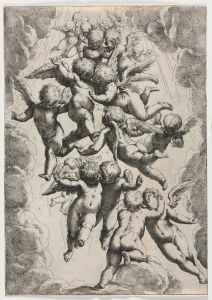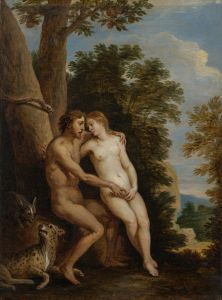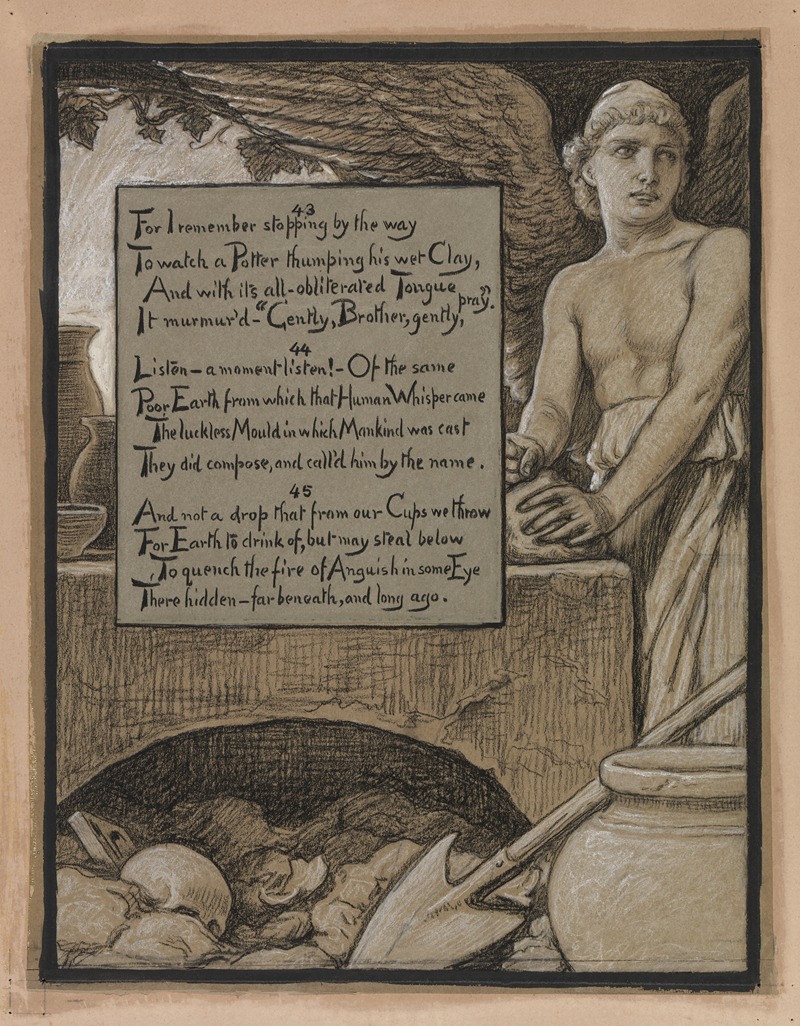
The Heavenly Potter
A hand-painted replica of Elihu Vedder’s masterpiece The Heavenly Potter, meticulously crafted by professional artists to capture the true essence of the original. Each piece is created with museum-quality canvas and rare mineral pigments, carefully painted by experienced artists with delicate brushstrokes and rich, layered colors to perfectly recreate the texture of the original artwork. Unlike machine-printed reproductions, this hand-painted version brings the painting to life, infused with the artist’s emotions and skill in every stroke. Whether for personal collection or home decoration, it instantly elevates the artistic atmosphere of any space.
Elihu Vedder's "The Heavenly Potter" is a notable work by the American symbolist painter and illustrator, created in the late 19th century. Vedder, born in 1836, was an artist known for his mystical and allegorical themes, often drawing inspiration from literature, mythology, and philosophy. His work frequently explored the human condition, the passage of time, and the metaphysical aspects of existence.
"The Heavenly Potter" is an exemplary piece that reflects Vedder's fascination with the spiritual and the symbolic. The painting depicts a celestial figure, often interpreted as a divine or god-like potter, engaged in the act of shaping clay. This imagery is rich with symbolism, suggesting themes of creation, transformation, and the divine influence in the shaping of human destiny. The potter, a common motif in various cultural and religious traditions, is often associated with the creation of life and the universe, echoing the biblical narrative of God forming man from the dust of the earth.
Vedder's use of color, light, and composition in "The Heavenly Potter" enhances the mystical quality of the scene. The ethereal glow surrounding the potter figure suggests a divine presence, while the careful attention to detail in the depiction of the clay and the potter's hands emphasizes the intimate connection between creator and creation. The painting invites viewers to contemplate the nature of existence and the unseen forces that shape the world.
Elihu Vedder's career was marked by his ability to blend classical techniques with innovative ideas, and "The Heavenly Potter" is a testament to his skill and vision. Vedder spent a significant portion of his life in Italy, where he was influenced by the Renaissance masters and the vibrant artistic community of the time. This exposure is evident in his work, which often combines traditional elements with a modern sensibility.
In addition to his paintings, Vedder is well-known for his illustrations of Edward FitzGerald's translation of "The Rubaiyat of Omar Khayyam," which further solidified his reputation as a leading figure in the symbolist movement. His ability to convey complex philosophical ideas through visual art made him a unique and influential artist of his era.
"The Heavenly Potter" remains an important work within Vedder's oeuvre, reflecting his deep engagement with themes of creation and the divine. It continues to be appreciated for its artistic merit and its ability to provoke thought and introspection among viewers. Vedder's legacy as a symbolist painter endures, with "The Heavenly Potter" standing as a significant example of his contribution to American art and the broader symbolist movement.





